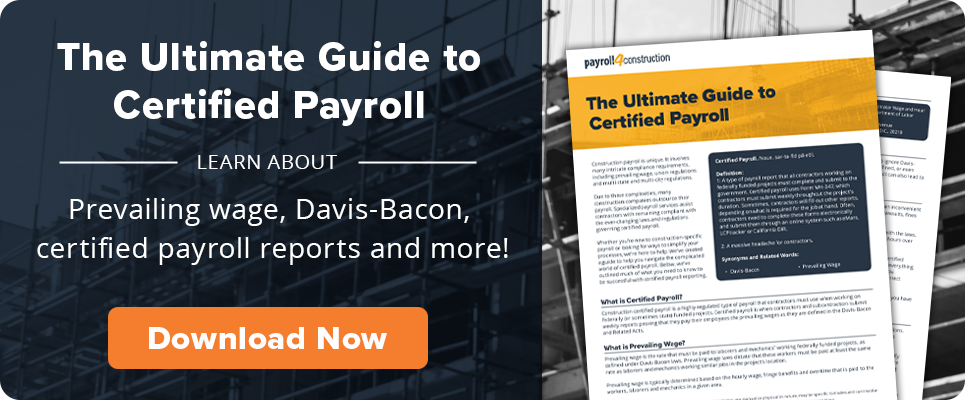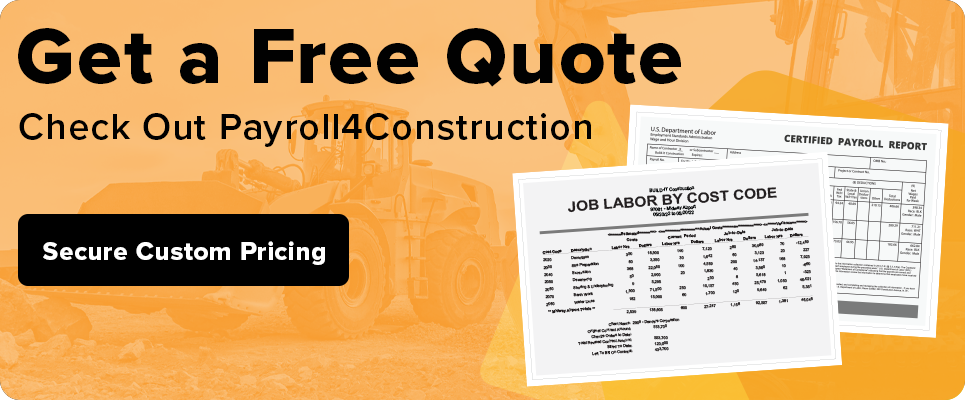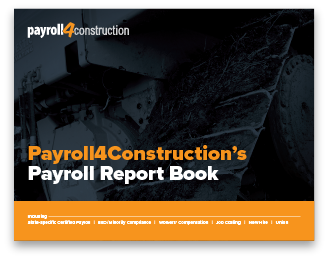
April 29, 2020
With additional funding added to the Paycheck Protection Program, contractors and business owners in need should take steps to learn more about what these loans are and how they can be used to help their businesses.
What is the Payroll Protection Program?
The Paycheck Protection Program, or PPP, is a loan program that’s part of the Coronavirus Aid, Relief and Economic Security — or CARES — Act. In its original version, PPP assigned $349 billion in forgivable loans for small businesses — defined as those with less than 500 employees — affected by the COVID-19 pandemic. Applicants are eligible for a loan of two-and-a-half times their average monthly payroll costs, up to $10 million.
What sets loans from the PPP apart from other loans is that they all carry the same terms — regardless of the business or borrower — and are forgivable, provided that certain conditions are met with how the borrower uses the loan.
Conditions for forgiveness stipulate that:
- 75% of the loan must be used to cover payroll costs.
- Employee and compensation levels must be maintained. This means that:
- The current number of full-time employees must be retained.
- Any employee’s pay must not be reduced by more than 25% if they make less than $100,000 annualized.
- Any changes to employment and salary levels made between February 15, 2020, and April 26, 2020, must be restored by June 30, 2020.
Payroll costs — which also include benefits and normal taxes in addition to an employee’s salary or wages — are also capped on an annualized basis of $100,000 for each employee. Additionally, payments to independent contractors, as well as any shareholder distributions, aren’t covered by PPP loans.
The remaining 25% of the loan can be used to cover rent, utility, or mortgage interest costs for an 8-week period following the loan origination date.
PPP loans also carry other benefits:
- All small businesses are eligible.
- The loan has a maturity rate of two years and a 1% fixed interest rate.
- Payments are deferred for six months — though interest will still accrue over this period.
What’s needed to apply?
In order to apply for a loan under PPP, potential borrowers must first submit an application with a participating SBA lender. As part of their application, they must also certify their eligibility by authorizing that:
- The loan is an economic necessity for the continuation of their business.
- The loan will only be used to cover payroll and other eligible costs.
- No other loans have been received under PPP.
- Documentation provided accurately represents their payroll and other eligible costs.
The full list of verifications can be found in the loan application, located at the U.S. Treasury’s website.
What should I do if I already applied for a loan?
If you filed an application and are unsure of its status, double-check your application to see if you received an eTran number. If you did, your application was approved, and you’ve been allocated funds, so it’s just a matter of waiting for those funds to disburse.
If you don’t have an eTran number, keep checking your application. Since business owners have submitted so many applications for PPP loans, not all of them have been processed yet, so you might still receive your number.
If you officially haven’t received a number, or never applied for a loan in the first place, you can always start getting your paperwork in order now. With the additional funding, new applications are currently being accepted. If you’re in need of a PPP loan, start getting your application in order and prepare the necessary documents to show your payroll expenses. If you’re unsure of what these numbers are or should be, talk to your CPA.
Share Article
Keep on current news in the construction industry. Subscribe to free eNews!



